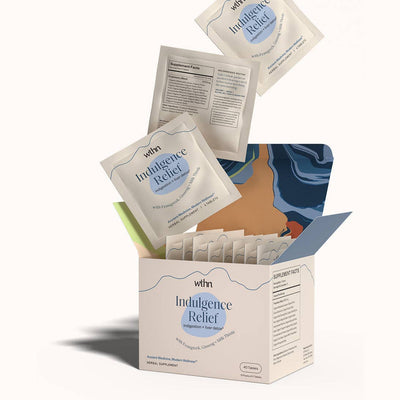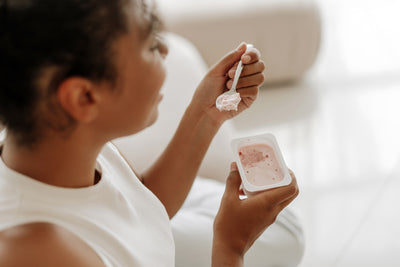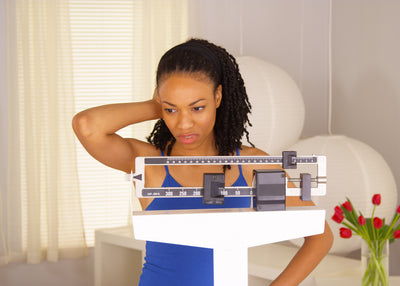What about when you have a stomach ache? Do you head to the store for a 20 oz ginger ale or pop a few Tums?
While drinking ginger ale or chewing on an antacid may help relieve some immediate pain, it’s not really helping. Most medicines or home remedies just put a band-aid on the problem. When you feel chronic stomach pain or discomfort, you need to look beyond the immediate pain relief to find the root cause of the issue and fix it.
What’s the problem
Our bodies use pain as a warning signal that something is wrong. But often that warning sign comes at a point when the body’s natural line of defense has weakened and it needs you to take steps to fix what hurts.
Fixing what hurts is easier said than done. If you placed your hand over a fire, it’s easy enough to move it from fire but if the pain is internal, particularly in your abdomen, figuring out what is causing the pain and fixing it can be a much harder task. Many conditions can cause abdominal pain — including conditions that have nothing to do with your abdominal region at all.
Often abdominal pain is caused by abnormal growths, blockages, infections, inflammation, or intestinal disorders. But it can also be caused by stomach flu, acid reflux or gatroesophageal reflux disease (GERD), stress, depression, irritable bowel syndrome, Crohn’s disease, or lactose intolerance.
If you’ve been experiencing frequent abdominal pain here are a few steps you can take to help identify what’s wrong and how you can change steps to change it.
1. Start a food log
A lot of times our stomach issues are directly related to what we eat. You could be eating food that you’re allergic to or just eating too much. After each meal, write down what you ate, how much you ate and how you felt before and after each meal. After a few weeks review your diet log and check for trends. If you noticed you felt unwell any time you ate a particular food, consider removing that from your diet.
2. Switch up your workout routine
For some athletes, strenuous exercise, dehydration, and the amount of time it takes for food to empty from your stomach to your small intestine can cause abdominal pain. If you notice abdominal pain during or after your workout, take a break and drink some water. When you return to your workout, reduce the intensity of the workout.
3. Increase your fluid intake
Fluids keep things moving in your gut. If you feel thirsty that’s your body telling you, it needs hydration to keep everything flowing. Drink water instead of carbonated beverages that can cause gas.
4. Track your mood
Our brains and guts are intrinsically linked. When you feel sad or anxious, those feelings can present as an upset stomach. Also, when we are depressed or anxious, we tend to eat comfort foods that can cause stomach upset. When tracking your diet in the food log, consider also keeping track of your mood. Also keeping a separate mood journal, in which you write a brief explanation of what was causing you to feel anxious, sad, or even happy can provide more insight into the connection your stomach has with your brain.
If you experience bloody stool, persistent nausea or vomiting, swelling of the abdomen, or yellowing of the skin or eyes in addition to abdominal pain, you should seek immediate medical care.








Leave a comment